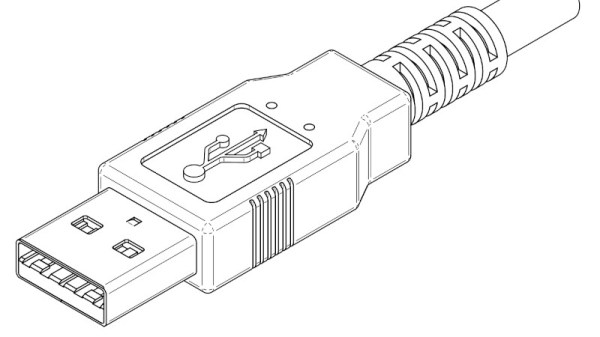Full disclosure: ham radio isn’t for everyone, and there are many different facets to it. What appeals to one person might bore another to death. One area of ham radio that has changed a lot in the last few years is more or less local and typically mobile operation on VHF or UHF. Not long ago, hams used HTs (walky-talkies or handi-talkies) or mobile radios via repeaters to talk to each other and — the golden prize back then — make phone calls from their cars. Cell phones have made that much less interesting, but there is still an active community of operators talking on repeaters. However, the traffic has gone digital, the Internet is involved, and people with inexpensive, low-powered radios can talk to each other across the globe. This is nothing new, of course. However, having digital services means that operators with special interests can congregate in what amounts to radio chat rooms organized by region or topic.
There’s a long history of people listening to ham radio conversations with shortwave radios, SDRs, and scanners. But with so much activity now carried on the Internet, you can listen in using nothing more than your web browser or a phone app. I’ll show you how. If you get interested enough, it is easy enough to get your license. You don’t need any Morse code anymore, and a simple Technician class license in the United States is all you need to get going.
A Quick DMR Primer
There are several digital ham networks around and like real networks, you can have different physical transport layers and then build on top of that. For the purposes of this post, I’m going to focus on DMR (digital mobile radio) on the Brandmeister network which is very large and popular ham network. You won’t need a license nor will you need to sign up for anything as long as you are content to just listen.
Continue reading “No Ham License? Listen Anyway In Your Browser”


















